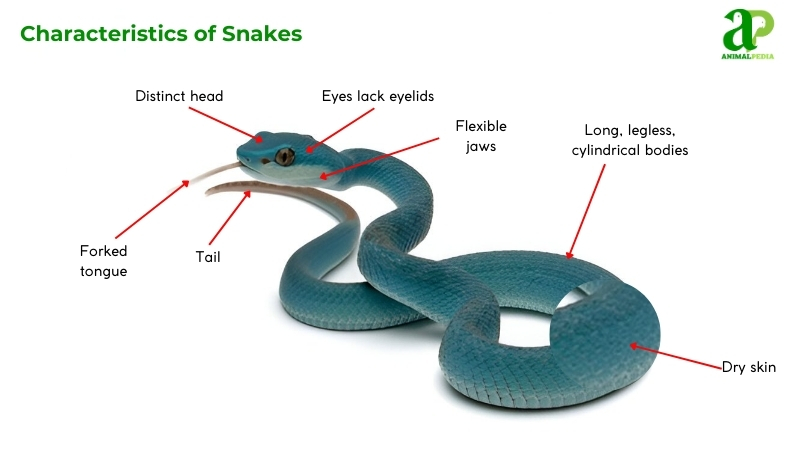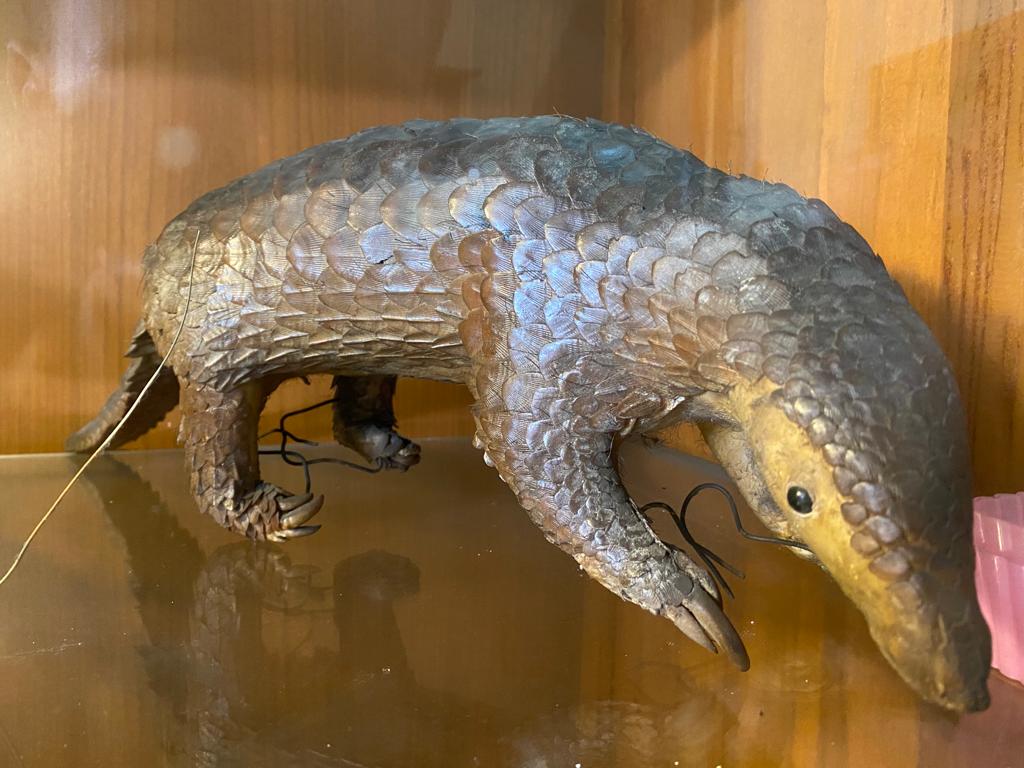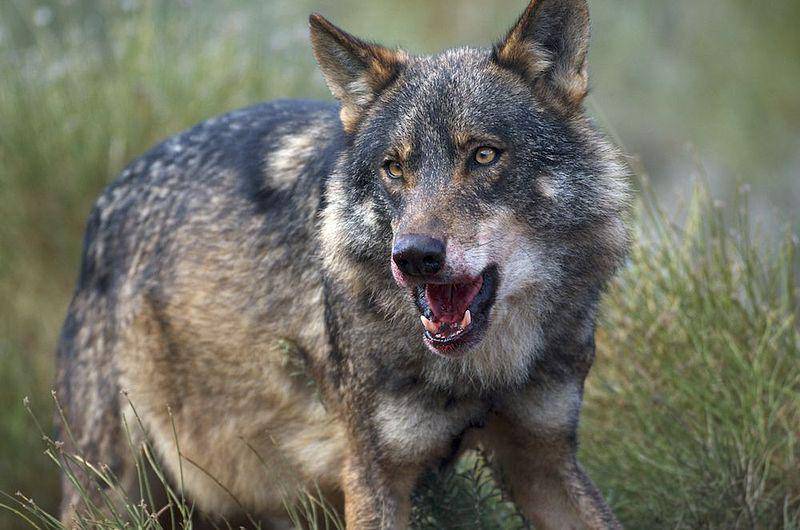Hewan ular lidi, commonly known as the whip snake or whip-like snake, is a fascinating reptile species found in various parts of Southeast Asia. Known for their slender bodies and swift movements, these snakes play a vital role in their ecosystems. Despite their often elusive nature, they are an intriguing subject of study for herpetologists and nature enthusiasts alike. This article provides a comprehensive overview of Hewan Ular Lidi, exploring their physical traits, behaviors, habitats, and conservation efforts. Understanding these aspects helps foster appreciation and promote the protection of this unique species.
Physical Characteristics and Unique Features of Hewan Ular Lidi
Hewan Ular Lidi are characterized by their exceptionally slender, elongated bodies, which can reach lengths of up to 1.5 meters. Their thin, flexible form resembles a whip, giving them their common name. The coloration of these snakes varies, often exhibiting shades of brown, gray, or olive, which serve as effective camouflage in their natural environments. Their smooth scales contribute to their sleek appearance and facilitate swift movement through dense vegetation.
One of the most distinctive features of Hewan Ular Lidi is their head, which is small and narrow, seamlessly blending into their elongated body. They possess large, forward-facing eyes that provide keen vision, essential for hunting and avoiding predators. Unlike some venomous snakes, they lack prominent fangs but rely on quick strikes and their agility to capture prey. Their lightweight build allows them to move rapidly, making them excellent ambush predators.
Unique to their anatomy is their ability to flatten their bodies slightly, enabling them to squeeze into tight spaces or mimic their surroundings for concealment. Their tail tapers sharply, often acting as a balancing aid during rapid movements. Overall, Hewan Ular Lidi’s physical features are perfectly adapted for their arboreal and terrestrial lifestyles, emphasizing agility and stealth.
The scales of Hewan Ular Lidi are smooth and glossy, reflecting light and aiding in their swift, silent movements. Their coloration often varies depending on their habitat, providing effective camouflage against predators and prey alike. Some individuals display subtle patterning, such as faint stripes or mottling, which further enhances their concealment. This combination of physical traits makes Hewan Ular Lidi a master of stealth in their environment.
Their overall body plan is a prime example of evolutionary adaptation, emphasizing slenderness, agility, and camouflage. These features collectively enable Hewan Ular Lidi to thrive in their diverse habitats, from dense forests to open grasslands. Their physical characteristics are a testament to their specialized lifestyle and ecological niche within Southeast Asian ecosystems.
Natural Habitat and Distribution of Hewan Ular Lidi in the Wild
Hewan Ular Lidi predominantly inhabit forested regions, favoring both lowland and montane environments across Southeast Asia, including countries like Indonesia, Malaysia, Thailand, and Myanmar. They are often found in dense tropical rainforests, where their slender bodies allow them to navigate through thick foliage and narrow crevices. Their preference for arboreal habitats means they are frequently seen perched on branches or hiding among dense leaves.
These snakes are highly adaptable and can also be found in grasslands, plantations, and areas with abundant ground cover. They tend to favor environments that provide ample cover and prey availability, such as fallen logs, leaf litter, and shrubbery. Their ability to adapt to disturbed habitats has helped them survive in regions impacted by human activity, although their populations can still be threatened by habitat loss.
Distribution-wise, Hewan Ular Lidi are mainly concentrated in Southeast Asia, with some populations extending into parts of South Asia. Their range covers a variety of ecological zones, from coastal forests to inland mountain ranges. They are generally more active during the daytime, taking advantage of the warm climate and abundant prey in their habitats.
In terms of microhabitats, Hewan Ular Lidi prefer areas with dense ground cover, where they can hunt and hide efficiently. They often utilize the understory layer of forests, living among shrubs and low-hanging branches. Their presence can also be noted near water bodies, such as streams and ponds, where prey like frogs and small lizards are abundant.
Conservation of their natural habitats is crucial for maintaining healthy populations. Deforestation and land conversion for agriculture or urban development threaten their habitats, leading to fragmented populations. Efforts to preserve forest corridors and manage land use are vital to ensure the continued survival of Hewan Ular Lidi in the wild.
Behavior and Movement Patterns of Hewan Ular Lidi in Their Environment
Hewan Ular Lidi exhibit primarily nocturnal and crepuscular behaviors, becoming more active during dawn and dusk when temperatures are moderate. During the day, they often remain hidden under leaf litter, logs, or within dense foliage to avoid predators and extreme heat. Their slender bodies and camouflage enable them to remain inconspicuous while resting.
These snakes are highly agile and quick, capable of rapid strikes when hunting or defending themselves. Their movement tends to be smooth and slithery, with a characteristic whip-like motion that allows them to move swiftly through their environment. They often use a combination of slithering and lateral undulation to navigate complex terrain, including trees and ground cover.
Hewan Ular Lidi are predominantly solitary creatures, coming together only during the mating season. They are territorial to some extent, with individuals establishing and defending small home ranges. Their movement patterns reflect their search for food, mates, or suitable basking sites, often covering considerable distances within their habitat.
In arboreal settings, they are adept climbers and can ascend and descend trees with ease. Their slender bodies and strong muscles facilitate climbing and navigating narrow branches. When threatened, they may retreat into dense foliage or burrow into soil or leaf litter to escape predators. Their ability to quickly change direction and their speed are key survival traits.
Despite their agility, Hewan Ular Lidi tend to be cautious and rely heavily on stealth to avoid danger. They often remain motionless when encountered, relying on their coloration to blend into the surroundings. Their movement patterns and behavior are finely tuned to maximize their chances of survival while minimizing energy expenditure.
Diet and Feeding Habits of Hewan Ular Lidi in the Wild
Hewan Ular Lidi are carnivorous and primarily feed on small animals found within their habitat. Their diet mainly consists of lizards, frogs, small rodents, and insects, which they hunt using their keen eyesight and swift reflexes. Their slender bodies and quick strikes make them effective ambush predators, waiting patiently for prey to come within striking distance.
These snakes employ a variety of hunting strategies, including stalking and sudden lunges to capture prey. They are opportunistic feeders, taking advantage of whatever suitable prey is available in their environment. Their ability to move rapidly through dense vegetation allows them to surprise their prey effectively.
Hewan Ular Lidi swallow their prey whole, thanks to their flexible jaws and elongated bodies. Their digestive process is efficient, allowing them to extract maximum nutrients from their meals. After feeding, they tend to remain inactive for several days or weeks, depending on the size of their last meal and environmental conditions.
Their diet composition can vary seasonally and regionally, with some populations relying more heavily on insects or amphibians during certain times of the year. Their role as predators helps control populations of small animals, maintaining balance within their ecosystem. Their feeding habits also make them an integral part of the food web in their habitats.
In captivity or controlled environments, Hewan Ular Lidi can be observed hunting and feeding on live prey, showcasing their natural predatory behaviors. Understanding their dietary needs is essential for conservation and management efforts, especially when considering captive breeding or habitat preservation.
Reproductive Cycle and Life Span of Hewan Ular Lidi
Hewan Ular Lidi are oviparous, laying eggs that develop outside their bodies. Breeding typically occurs during the rainy season when environmental conditions favor the survival of hatchlings. Males often engage in combat or display behaviors to compete for access to females. Mating involves courtship rituals that include chasing and physical displays.
Females usually lay clutches of 3 to 8 eggs, which are deposited in concealed locations such as under leaf litter, within rotting logs, or in underground burrows. The incubation period ranges from approximately 45 to 60 days, depending on temperature and humidity levels. During this time, eggs develop and hatch into miniature versions of the adults, ready to start their independent lives.
Hewan Ular Lidi reach reproductive maturity at around 2 to 3 years of age. Their lifespan in the wild is estimated to be approximately 8 to 12 years, although some individuals may live longer under optimal conditions. Factors such as predation, habitat quality, and food availability influence their longevity.
Reproductive success varies with environmental conditions; droughts or habitat destruction can reduce breeding opportunities and hatchling survival rates. Conservation efforts aimed at habitat preservation directly support healthy reproductive cycles and population stability.
Understanding their reproductive cycle is crucial for conservation planning, especially in regions where habitat fragmentation is prevalent. Protecting nesting sites and ensuring the availability of suitable environments during breeding seasons are essential steps in sustaining Hewan Ular Lidi populations.
Predators and Threats Facing Hewan Ular Lidi in Nature
Despite their agility and camouflage, Hewan Ular Lidi face numerous predators in the wild. Birds of prey, such as hawks and eagles, are among their primary aerial predators. Larger snakes and some mammals, including mongooses and foxes, also prey upon them when given the opportunity. Their small size and cryptic nature provide some protection, but they remain vulnerable.
Habitat loss due to deforestation, agriculture, and urbanization poses a significant threat to Hewan Ular Lidi. When their natural environments are disturbed or destroyed, they lose shelter and hunting grounds, leading to declines in local populations



